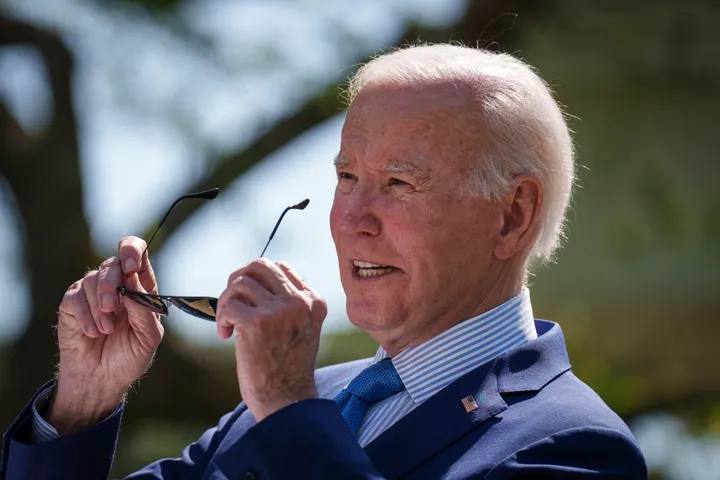Millions of Americans could start to see overtime pay thanks to a new reform by the Biden administration.
The Labor Department announced Wednesday that it’s proposing a long-awaited federal rule that would expand overtime protections to more salaried workers. If implemented, the rule would entitle another 3.6 million workers to time-and-a-half pay when they work more than 40 hours a week, the agency said.
The rule would mostly accomplish that by increasing what’s known as the overtime salary threshold ― the salary below which workers have a legal right to overtime pay regardless of their job duties. The current rate is just $35,558 per year. The administration wants to hike it to $55,068. The rule would also tie the threshold to an inflation index, meaning it would increase every three years.
Under existing law, hourly workers are already entitled to overtime pay. The new rule would only affect salaried workers.
The Labor Department estimates that the proposal would put $1.3 billion in additional wages in workers’ pockets. However, the reform is likely to prompt a legal challenge from employer groups, making its fate uncertain.
Julie Su, the acting labor secretary, called the 40-hour workweek a “cornerstone of workers’ rights” in announcing the new rule.
“I’ve heard from workers again and again about working long hours, for no extra pay, all while earning low salaries that don’t come anywhere close to compensating them for their sacrifices,” Su said in a statement Wednesday.
The low salary threshold has meant that many workers can log long hours with no overtime premium, so long as their salary is above the legal minimum. A classic example would be a dollar store manager who might work 70 hours in a week and not receive any additional pay for those 30 hours above the classic workweek.
Democrats and liberal economists have advocated for years to increase the threshold so more workers would become eligible for the extra pay. Doing so, the thinking goes, would both increase paychecks and discourage employers from forcing workers into overtime.
The move revives a policy pursued under former President Barack Obama, who in 2016 tried to hike the salary threshold from $23,660 to $47,476. Businesses successfully sued to stop the plan from going into effect, and the Trump administration later watered down the Obama proposal, setting a new threshold near $35,500 so that fewer workers would benefit.
Democrats and liberal economists have advocated for years to increase the threshold so more workers would become eligible for the extra pay. Doing so, the thinking goes, would both increase paychecks and discourage employers from forcing workers into overtime.
The move revives a policy pursued under former President Barack Obama, who in 2016 tried to hike the salary threshold from $23,660 to $47,476. Businesses successfully sued to stop the plan from going into effect, and the Trump administration later watered down the Obama proposal, setting a new threshold near $35,500 so that fewer workers would benefit.
As during the Obama years, the Biden proposal was quickly hailed by Demorats and worker advocates and panned by business groups and Republicans.
Rep. Virginia Foxx (R-N.C.), chair of the House Committee on Education and the Workforce, called the plan “misguided and partisan.”
“This rule will stifle workplace flexibility, lump burdensome costs on job creators, and ultimately hold back the very people DOL should be supporting the most ― working Americans,” Foxx said in a statement.
But the Economic Policy Institute, a left-leaning think tank that has advocated for expanding overtime, called the Biden proposal “modest and well within the boundaries of historical precedent.”
“The overtime threshold has not been properly updated for nearly 50 years, robbing millions of workers of their basic wage and hour rights,” said the group’s president, Heidi Shierholz, who previously served as the Labor Department’s chief economist.
huffpost
New Biden Overtime Rule Would Extend Pay Protections To Millions Of Workers




